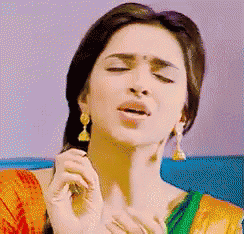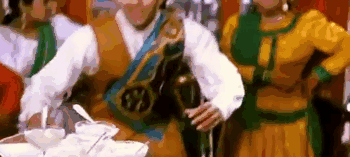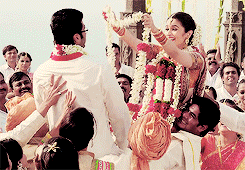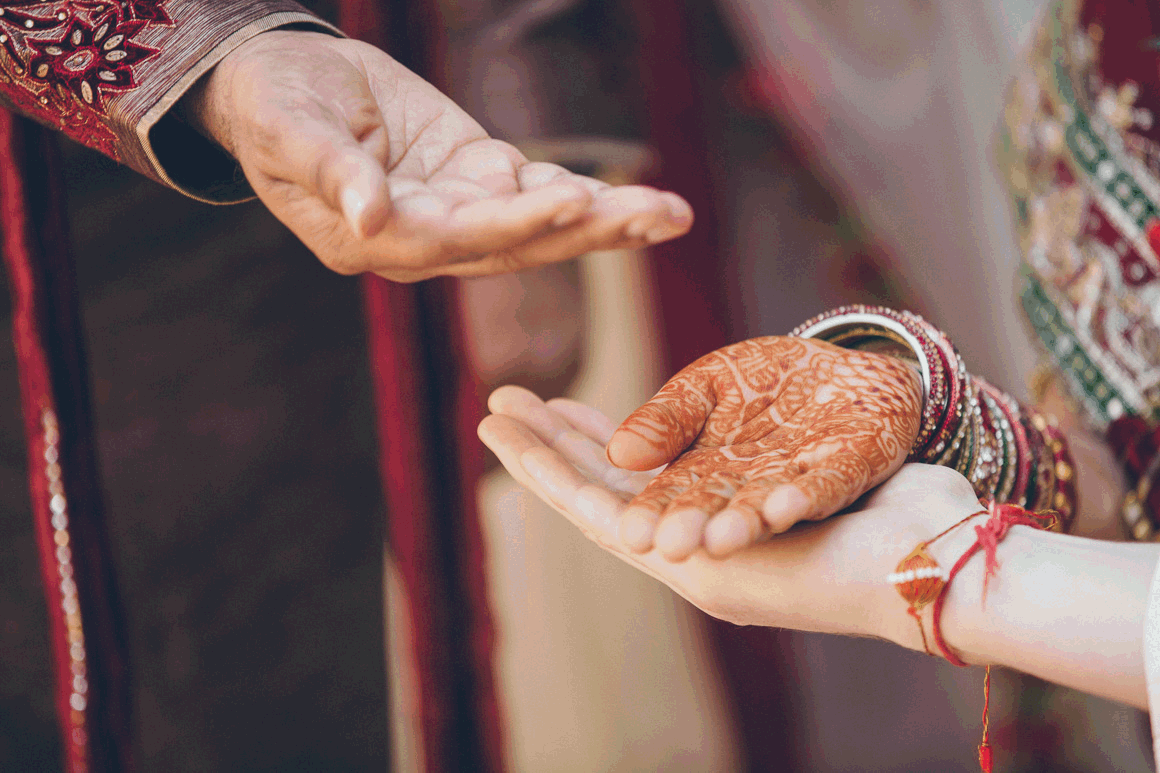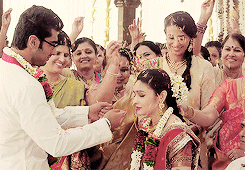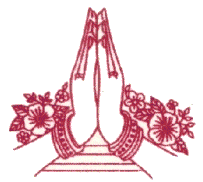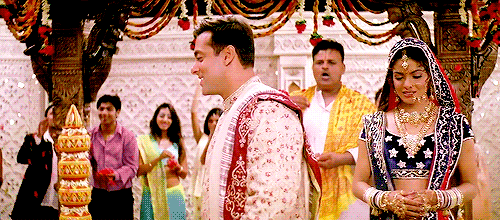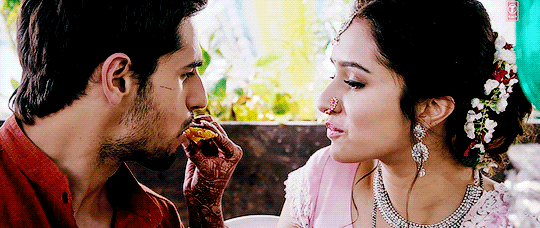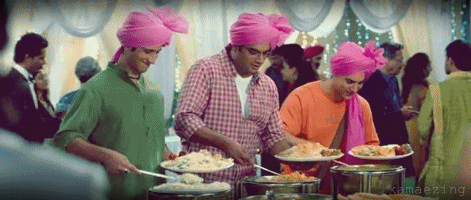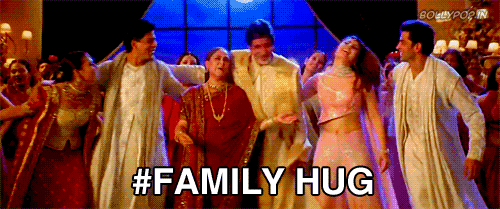
WEDDING
Details

Pandhi Kaal Muhurtham
This is the very first ritual, and one of the oldest rituals, of a Tamil wedding. It is basically an announcement that a wedding will be taking place. A tall wooden bamboo stick with 7 knots is smeared with tumeric and vermillon by nine married ladies. This Bamboo pillar is propped outside for the four legged “pandaal.” 7 brass pots are also set in the pandal which signifies 7 vows of marriage . Banana shoots covered with decorations are raised and tied to either side of the door or gate. A large kolam (rangoli) is drawn at the entrance. The elderly people of the family bless the bride and groom and everyone seeks the blessings from the Gods for a hassle free wedding.

DAY 1
January 27, 2017

Receiving the Groom
This is an age old tradition, where the bride’s parents welcome the groom’s side at the boundary of the village and invite them into the marriage venue (usually a temple, back in the day). In today's times, the groom’s family is welcomed by the bride’s family at the wedding hall. Each member of the groom's party is garlanded by the bride's family and auspicious music, played usually by Nadhaswaram and Tavil artists, accompany in galore.
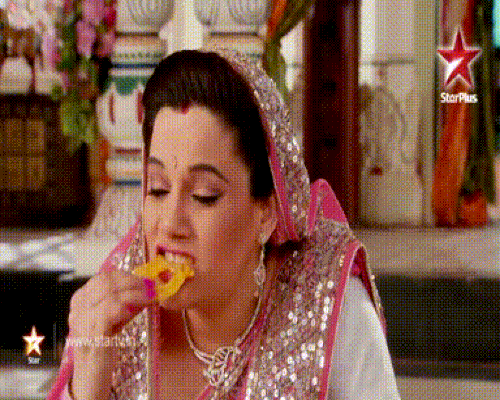
Breakfast
As the rituals begin, breakfast will be served. Please feel free to help yourselves at the dining area!

Invocation Poojais and Vratham
The following prayers (poojais) are done to invoke auspicious blessings from the Gods:
Ganapati Pooja: It’s imperative to ask for Lord Ganapati’s (the elephant faced God) blessing’s at any event in one’s life, as his blessings remove every impediment and obstacle.
Nandi Devata Pooja: The presiding deities (Nandi Devatas) are invoked with this pooja in which a leaf-laden branch of the peepul tree is brought in and ablutions with milk are performed by five married women (Sumangalis).
Navagraha Pooja: Prayers are offered to the nine ruling planets, which are believed to govern our destinies.
Vratham: It is a fast taken by the bride and groom (and their families), separately. For the bride, the vratham is signified by the tying of a sacred thread or kaapu which will protect her from evil spirits. For the groom, however, taking a fast signifies his transition from one stage of life, that of a bachelor (Brahmachaari), to the next: householder (Grihastan).
Paalikai: On this day, a clay pot is filled with nine varieties of grains. The married women (sumangalis) of the family pour water in the pot and allow the grains to sprout for the day. The pot is considered as houses, grains as the bride and groom, and the sprouts indicate the prosperity of the family. After a day or two the pot is immersed into the pond, where fishes can eat the grains.
Kankana Dharanam: The bride ties a yellow thread, fastened to a piece of dry turmeric, around the groom’s wrist. This binds them in a religious vow. This ritual allows the groom the right to touch his bride. A little later, the groom does the same.
◄
1 / 1
►
